This laboratory is established within the D3 Center at Osaka University, which develops and operates computing infrastructure for researchers across Japan. Leveraging our expertise in building and operating the D3 Center’s supercomputing systems, large-scale visualization systems, and data infrastructure, we conduct research and development on next-generation supercomputing systems, advanced high-performance computing infrastructures, and their applications.
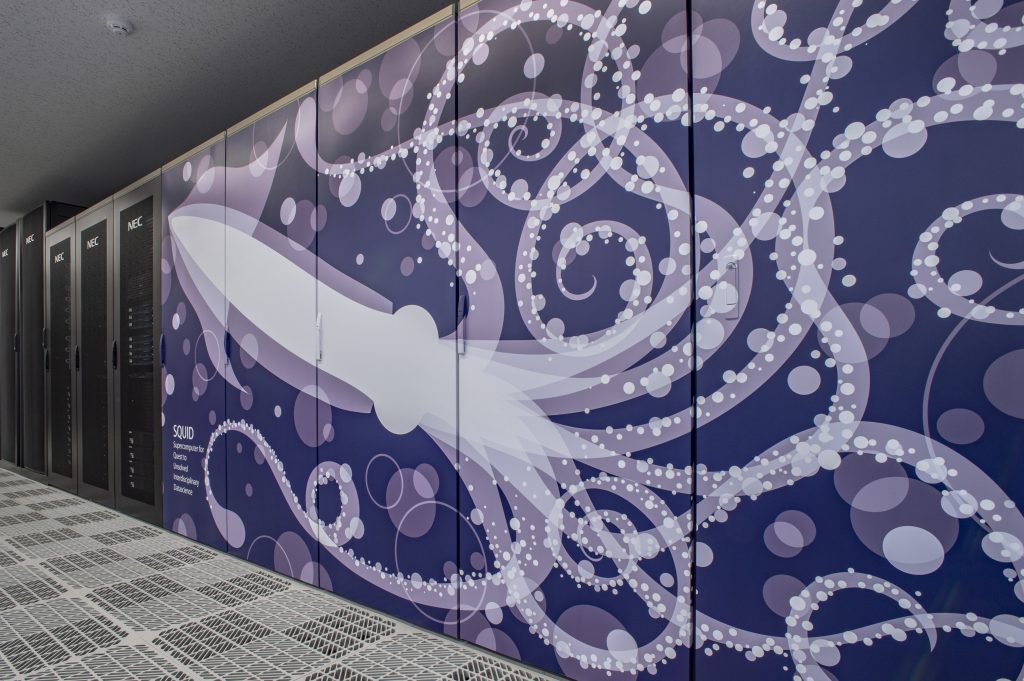
As represented by such terms as cloud'' andbig data,” the maturation of information networks has led to the integration of information processing and data communication. Our laboratory studies robust design of network systems that can provide appropriate information/communication services to users at any time regardless of being in normal or emergency situations. Although we conduct our research on diverse topics in the network system design, we take consistent approaches to them which are firmly grounded in mathematical theory, including the queueing theory, Markov analysis, stochastic geometry, and mathematical optimization.
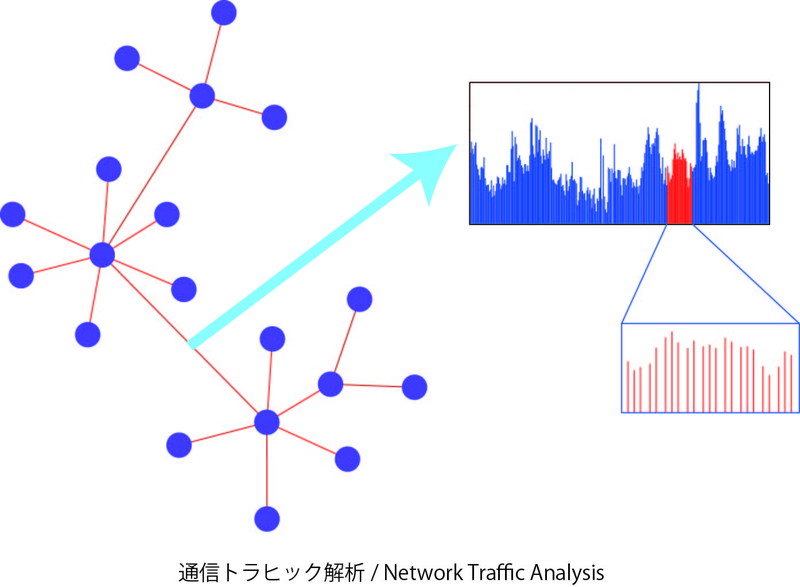
To meet the ever-growing bandwidth demand, our mission is to drastically improve capacity, flexibility, spectrum/energy efficiency, and security of photonic networks based on the advanced optical switching and transmission technologies. Our development takes place in all domains from access and mobile front-haul, through metropolitan, to long-haul transmission.
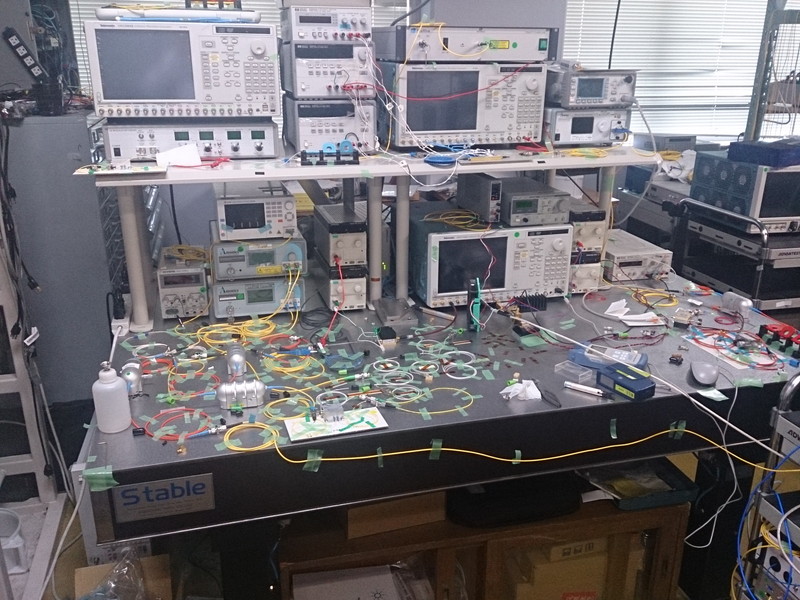
We focus on physical layer design and analysis of various wireless communications systems and networks. Our research interests include high data rate coded modulation schemes, massive MIMO signal detection, wireless access schemes for massive IoT devices, broadband and low power consumption wireless transmission schemes, low-complexity design of channel coding and decoding, and applications of statistical signal processing and machine learning to wireless communications systems.
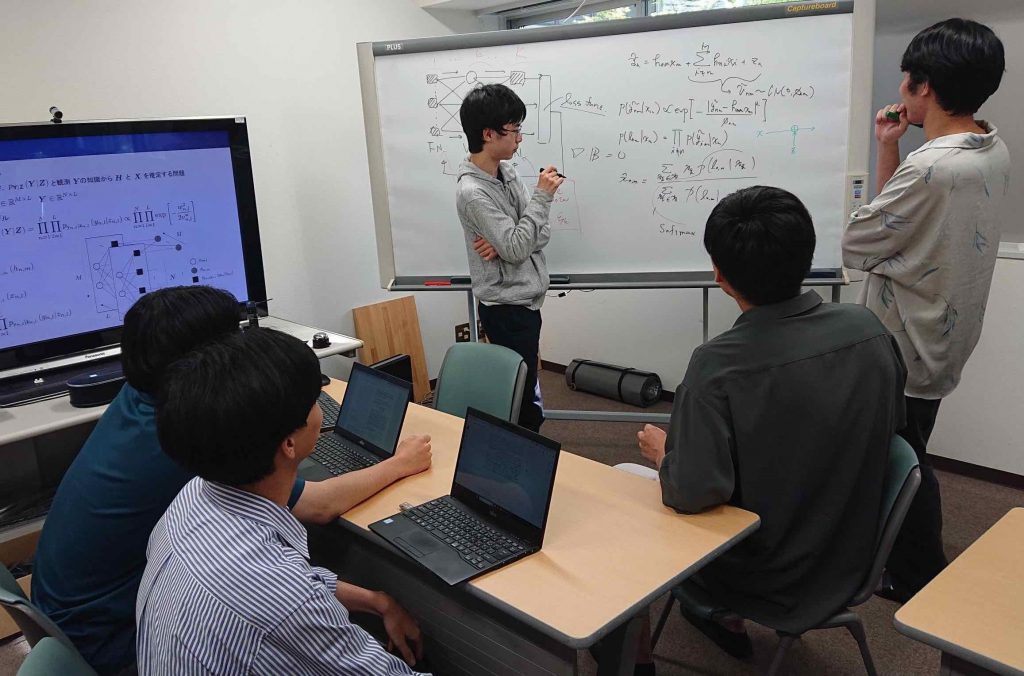
In recent years, diverse and large amounts of information have been transmitted over the Internet from IoT devices like cars or household appliances. Analysis and utilization of such big data are the key factor to the creation of next-generation industries, therefore, it has become a crucial issue to protect privacy of device users. Our laboratory studies the leading-edge cyber security and cryptographic theory, including privacy protection technology in big data analysis and utilization.
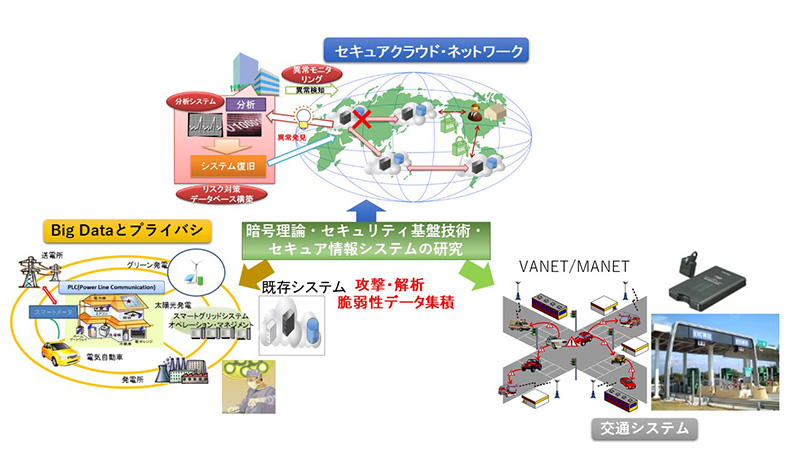
Advanced Optical Communication Technology Area
Notice: This laboratory is not currently accepting new student applications.
Electromagnetic Compatibility Area
Notice: This laboratory is not currently accepting new student applications.
In this laboratory, we are conducting research on next-generation network technology that supporting a wide variety of applications such as augmented reality, automatic driving, delivery by drone,telemedicine, vegetable factory, which will be realized in the next 50 years. M ore specifically, we are studying on a wireless full-duplex communication in which the communication capacity is doubled in the same frequency band, a wireless power transmission method for supplying energy from a wireless access point, a wireless sensing which senses a state of a space using radio waves, and video transmission system to realize ultra-realistic images and augmented reality, etc.
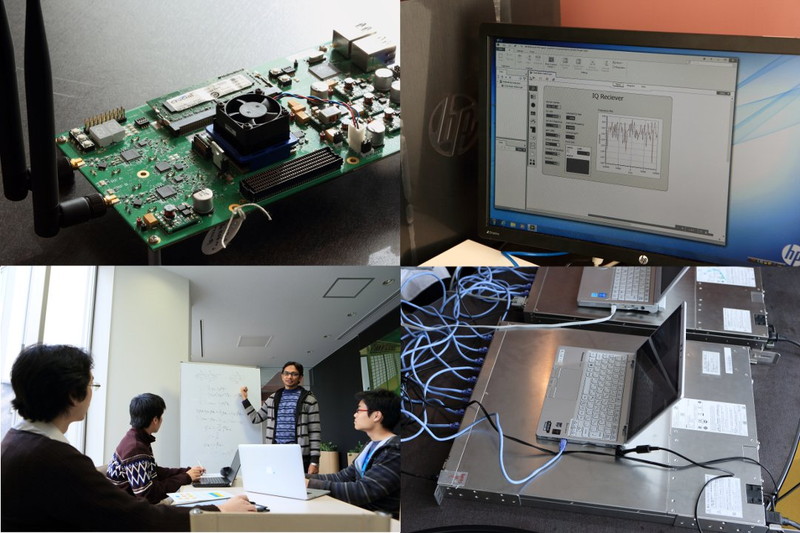
A new society that integrates cyberspace and physical space, as seen in digital twins and the metaverse, is being envisioned, and research and development efforts are being made toward its realization. In the Onoe Laboratory, we are conducting research on the architecture of computer systems in such a society, including the design methodologies of middleware and processors that form their foundation. Additionally, we are engaged in prototyping and demonstration experiments aimed at societal implementation. Currently, we are particularly focused on a wide range of research areas such as energy management, smart mobility systems, acoustic technology, and medical image analysis, in collaboration with domestic and international companies and research institutions.
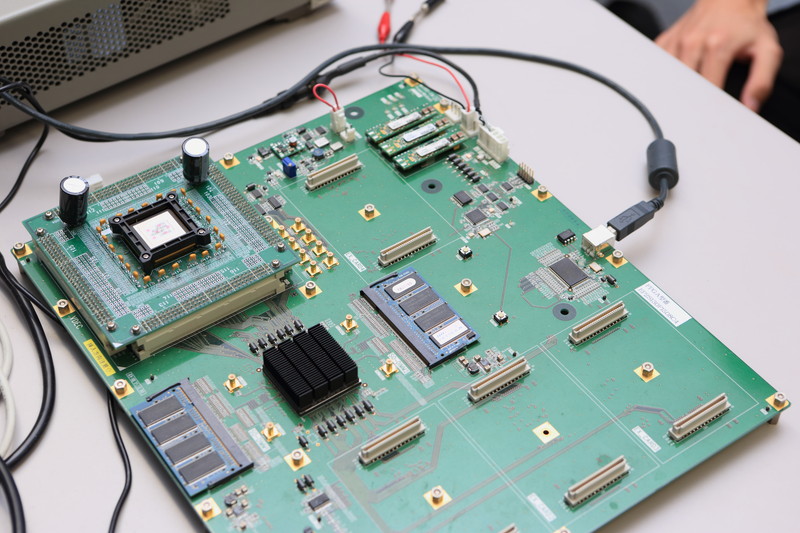
As information systems pervade every aspect of the modern information society, its dependability and reliability become key issues and challenges. Components of the information system are hardware, software, and humans who operate them. Based on such a background, our research and education areas include the topics on diagnosis of integrated systems: central processing units in the computer system and brain of the human.
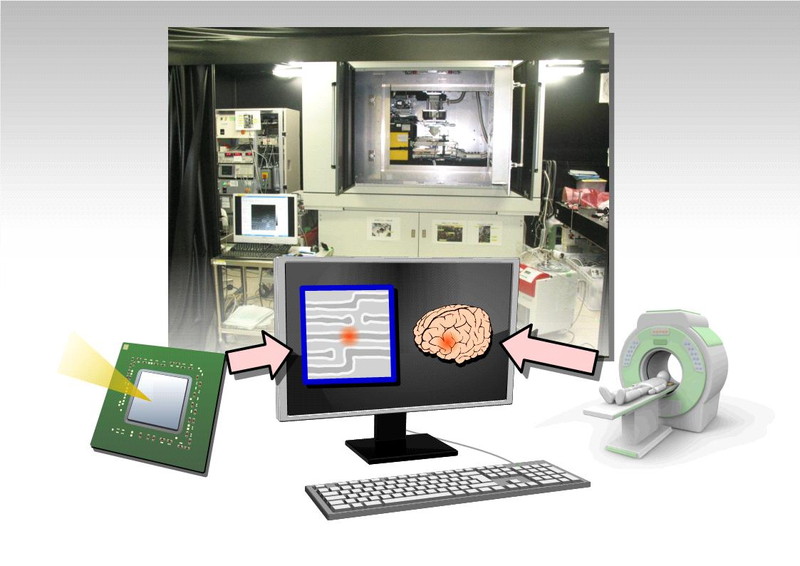
Our main objective is to build sophisticated multimedia information systems. To this end, we study database, information processing, computer network, sensing, and artificial intelligence techniques, and fuse them. Many of our works can create new buisiness and are being done with companies. We actively present our works in domestic and international conferences.
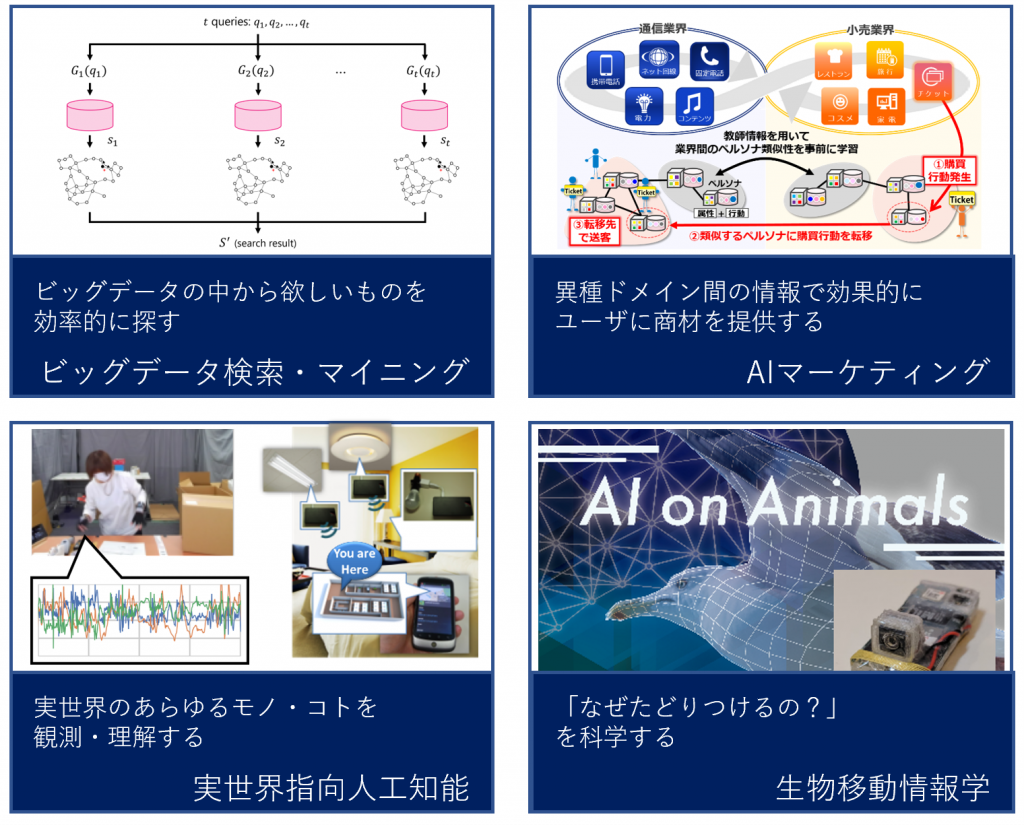
Our aim is to develop interface devices that can enhance peopleʼs interactions with their environment. In order to achieve this, we need to better understand the cognitive and perceptual basis of the interaction. Illusions are good examples for interface technology. They are natural responses that happen in all humans. Exploiting illusion makes it possible to support human behavior in a more effective and intuitive way. We are mainly working on developing such an interface device while investigating sensory-motor mechanisms of human perception. Psychophysics experimentation and mathematical modeling are used for evaluation of our devices.
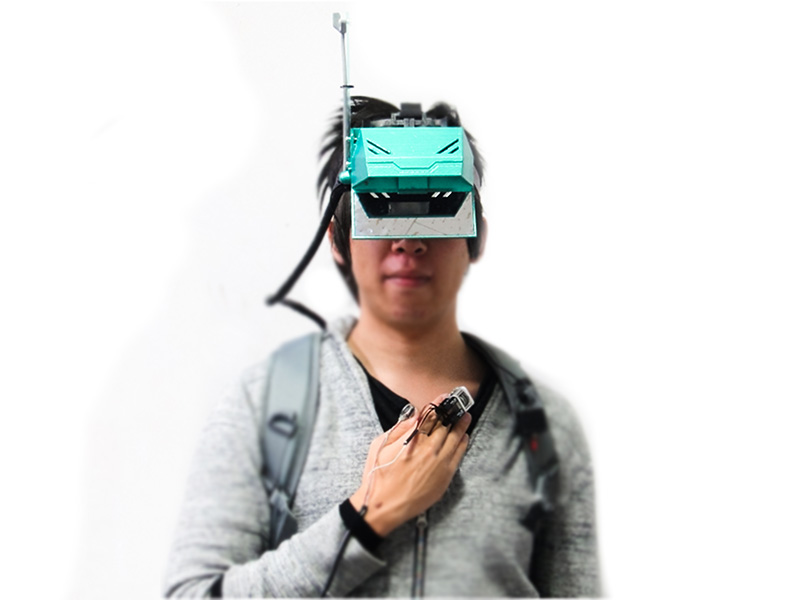
We aim to pursue theory and practice in the research field of Big Data & AI(Graph neural networks, Large language models, Cloud databases, AI-driven Computer simulation).

In this laboratory, we research and develop methods to synthesize or generate data with privacy considerations across various fields, including engineering, science, sociology, economics, politics, literature, psychology, and medicine. Through research activities focused on developing Synthetic Data Technology for digital twins of real communities and Generative AI for drug discovery, we train our students to become data scientists.
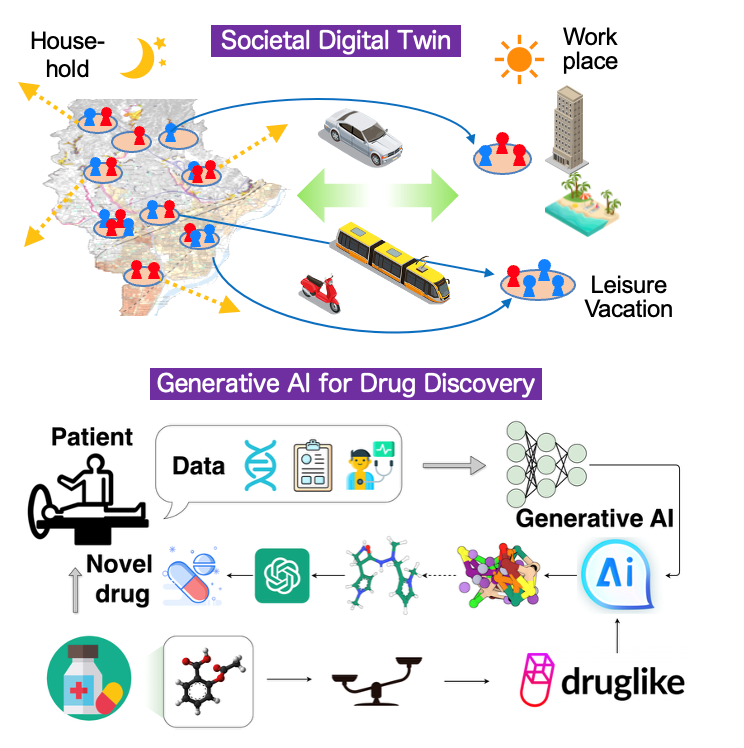
Top
